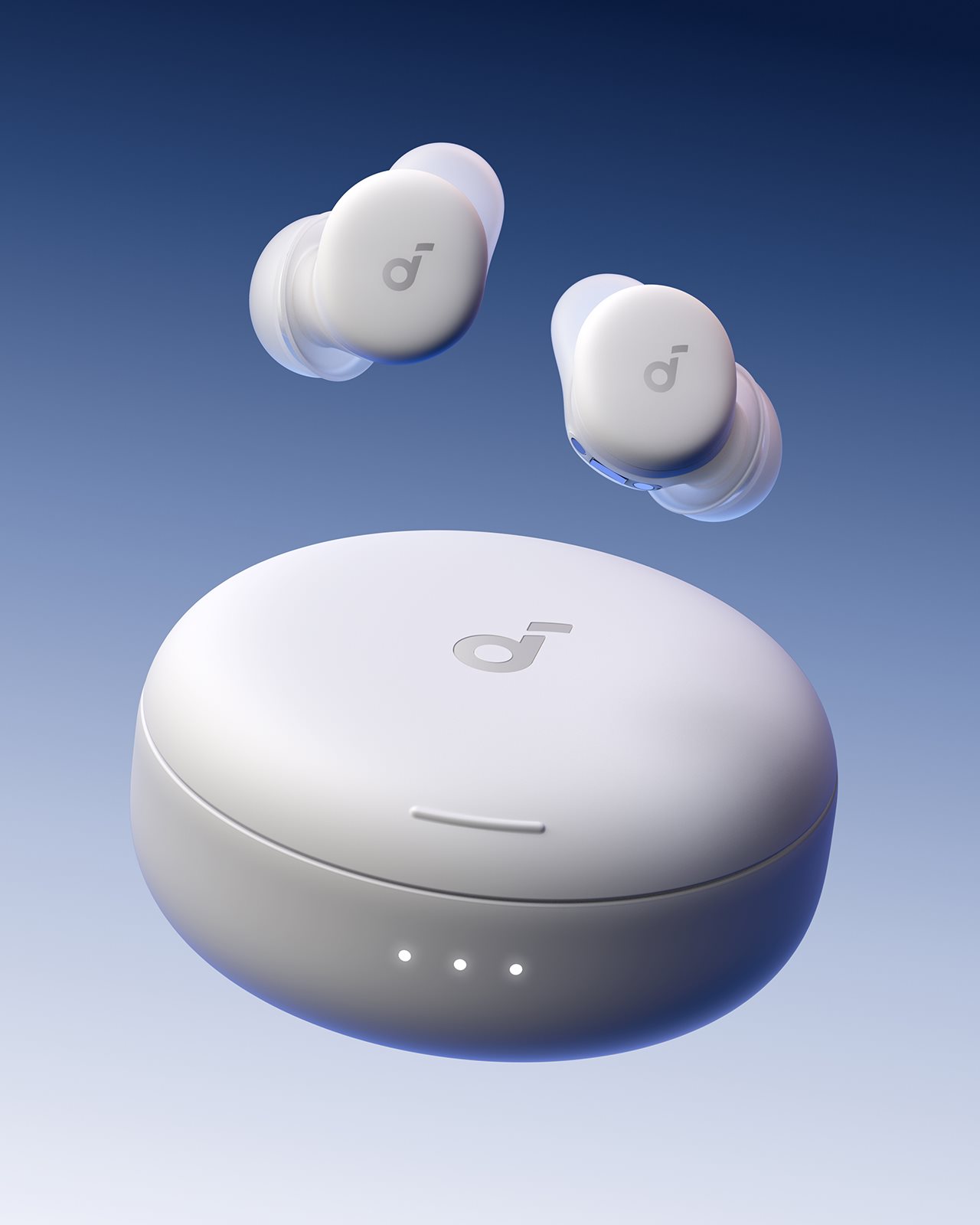2025-07-02T12:59:00
(BPT) – As this year’s hurricane season gets underway, it’s a good idea to make sure you’ve done everything you can to prepare your home and family for weather emergencies. Even if you’ve gotten safely through hurricane seasons in the past, remember that each year and each hurricane can be very different. While it’s impossible to entirely hurricane-proof your house, some preparations can help make your home more resistant to damage and help you cope with the aftermath.
Here are five steps you can take to be more prepared this year.
1. Download a trusted weather app
Having the most current updates on hurricane activity on your mobile device is ideal for staying prepared. For example, National Oceanic and Atmospheric Administration (NOAA) Live Weather Radar is a timely source of information about weather conditions. NOAA also offers current updates through its Weather Radio service.
Knowing what’s coming is crucial to ensure your home and family stay safer. Be sure to follow the instructions from local authorities regarding sheltering in place or evacuation.
2. Secure your home
Make sure you have materials (such as plywood and hardware) to shutter your windows if you don’t already have permanent hurricane shutters installed. Depending on where you live, there may be laws regulating installation of hurricane shutters, so you may wish to check with your state or municipality. You may also want to see if professionally installed permanent shutters may make you eligible for insurance discounts.
As soon as possible, trim tree branches close to your home and/or remove trees that are unhealthy or too near your structure to prevent future damage. It’s also recommended to make sure outdoor furniture or other objects that could be picked up by strong winds be securely stored, and keep vehicles inside a garage if possible.
3. Prepare an emergency kit
Each year, refresh your emergency kit with a few days’ worth of fresh bottled water for each person in your household, plus non-perishable food items, a first aid kit, flashlights and batteries, cell phone chargers and essential personal care items. You can find a helpful checklist to build or update your emergency kit at Ready.gov.
Experience frequent power outages during storms? Consider keeping a good quality cooler ready with ice packs to store perishable foods easily.
4. Upgrade your backup power
The most effective way to prepare for power outages that often occur during severe weather — and can last for days — is having a reliable home backup power solution. For example, with the ultra-fast AC and solar recharging Anker SOLIX F3000 Portable Power Station, you’ll have reliable backup power in case of outages caused by extreme weather events like thunderstorms, heatwaves and hurricanes.

The F3000 combines rapid recharging, scalable capacity and 120V generator compatibility to keep your essential appliances running during critical disruptions. Its 3,072Wh capacity and 3,600W AC output is enough power for refrigerators, medical devices, lights and more. Even better, it can seamlessly integrate with gas generators for extended run time, adding to the capacity of a generator you may already have. It’s also a useful backup in case your gas generator runs out of fuel, which can be hard to obtain during an emergency.
Other top features:
- Clean, quiet and emissions-free so you can use it indoors.
- Sleep mode feature with ultra-low idle power consumption, doubling backup time for light loads like fans, fridges and computers.
- Ultra-low idle power consumption also means you can stretch your backup power much longer, which makes all the difference during extended power outages.
- Expandable capacity up to 12,288Wh with additional battery packs.
- Ultra-fast AC recharging reaching full charge in just 1 hour 18 minutes.
- The F3000 app’s weather alerts help users stay ahead of extreme weather by sending warnings and reminders to charge the generator in advance, so you’re ready for potential power outages.
The F3000 supports dual solar inputs (165V + 60V), achieving 2400W solar recharging with most existing rigid or portable panels, with no new accessories required. This high-efficiency design lets you harness solar energy cost-effectively, reducing reliance on the grid and lowering electricity bills.
You can find more information at Anker.com and purchase at Amazon.com.
5. Be ready to go
Especially if your area is prone to evacuations due to severe weather, you’ll want to create a “go bag” for each member of the family to make quick evacuation easier for everyone. In addition to water and non-perishable food, go bags should contain any important identification or documents you may need, plus essential medications. Go bags can be customized for your family’s unique situation, with items like pet or baby supplies added if necessary.
By following these five steps, you can feel confident that you’re prepared for this year’s hurricane season.


















